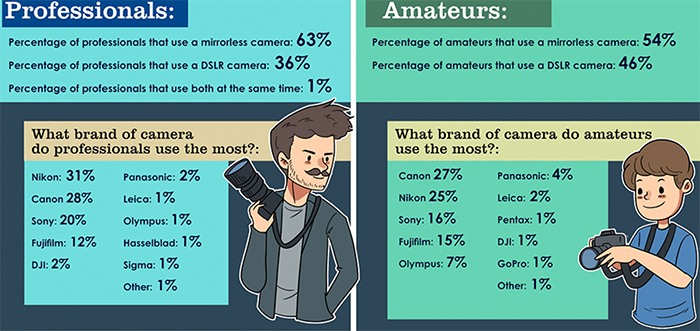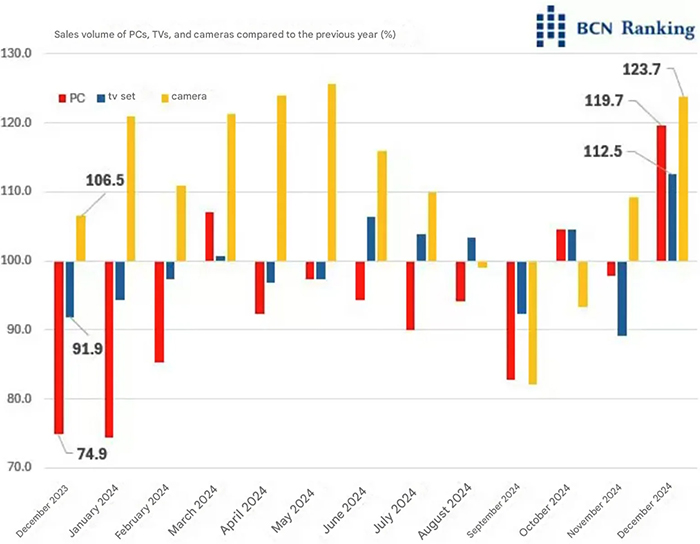Another Canon Patent For Improved Phase-Detection Autofocus (next mirrorless sensor?)


Conventional approach (left) and patented approach (right)
Egami (machine translated) spotted another patent filed by Canon and related to methods that aim to improve the performance and accuracy of the phase-detection AF. This is the second patent in a few days – the first one can be seen here. Such an AF method is featured on the Rebel T4i/650D and on Canon’s recently announced mirrorless camera, the EOS M. Note that such an AF method is particularly useful on a mirrorless camera, given that such cameras, since they are missing the mirror, can not focus in the “traditional way”.
As far as I can tell, the patent details methods to increase AF performance by eliminating problems caused by the angle of incidence of the light: “[…] reduce the diffraction limit by a high refractive index layer“. Another discussed issue is the reduction of the pixel size (higher resolution??). I am more and more confident that both patents are related to an upcoming sensor which, I guess, will be at the heart of the more pro-oriented mirrorless camera most of us are expecting to be announced in September at Photokina.
[egami, via canonwatch]
- Patent Publication No. 2012-151367
- 2012.8.9 Release Date
- 2011.1.20 filing date
- The diameter of the spot light focusing of the micro lens
- Determined by the numerical aperture and ? the wavelength of the incident light
- By the wave nature of light, not smaller than the diffraction limit
- When the pixel size below the diffraction limit, pupil division is impossible
- ? = 1.22 * (? / n * sin?) diffraction limit
- ? This angle ? is half the chance of lens optical system was synthesized in the micro-lenses and layers
- Related art
- There is a light flux can not reach into the openings of the light-shielding layer of the phase difference AF pixel for the image plane, the light-receiving efficiency is reduced
- Although the distance can be shortened and the photoelectric conversion unit if microlens back-illuminated (BSI), if the pixel consists of a low refractive index layer in the layer lens +, for total internal reflection occurs, can not be expected to increase the angle
- Canon’s patented
- To reduce the diffraction limit by a high refractive index layer
- Structure of the pixel
- Within a layer lens, and light shielding layer formed between the microlens
- The high refractive index layer, filled between the lens and the light-shielding layer in the layer
- The low refractive index layer, a light shielding layer filled between the microlens and
- Optical system consisting of micro-lens and lens in the layer, connecting the focal point in the PD
- A case
- ? = 540nm wavelength of the incident light
- 1.6 refractive index of the microlens
- 1.45 refractive index of the low refractive index layer
- Layer of high refractive index lens and in the layer refractive index n = 2.3 (silica Sio 2 of the prior art is n = 1.46)

